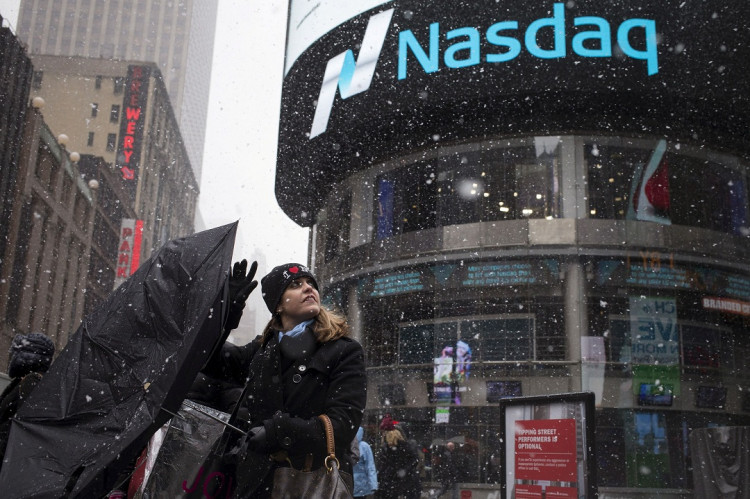On the back of Amazon's record-breaking holiday sales and an overall year-end market rally, the NASDAQ composite index managed to exceed the 9,000-point threshold for the first time. The combination of positive factors allowed the index to hit a landmark value not seen since its inception.
High consumer spending resulting in record-breaking sales numbers from various US retailers sent major indexes upwards on Thursday. The S&P 500 surged upward and reached a record high during the day, fueled by strong consumer activity. Trading volumes are expected to taper off during the remaining weeks as markets close early to make way for holiday celebrations.
As of Thursday's closing, the NASDAQ composite ended 0.62 percent higher at 9,009.02 points. The S&P 500 closed 0.32 percent higher to 3,233.22, while the Dow Jones Industrial Average ended 0.17 percent higher to 28,564.65.
The country's three key indexes are expected to end the year with new record highs, a stark contrast to their performance in the last weeks of 2018. During the year-end period last year, the S&P 500 recorded its worst December performance since 1931 ending with a 6 percent year-on-year decline.
This year's performance now puts the S&P 500 on track for a 29 percent year-to-date gain. It is also the same story for the NASDAQ Composite as it is expected to end the year with a 36 percent year-to-date gain, its highest performance since 2013.
Stellar holiday sales and massive e-commerce activity managed to push were Amazon's stocks higher to 4.2 percent on Thursday. The surge was supported by the company's announcement of a "record-breaking" shopping season with billions of items sold during Thanksgiving and Christmas day.
Amazon also mentioned in its statement that it saw an increase of over 5 million new Amazon Prime subscribers who were taking advantage of its rapid shipping services. The US retailer ended Thursday at $1,867.46 per share, a 24 percent year-to-date increase, its highest level reached since July.
All in all, e-commerce sales in the United States increased by 18.8 percent during the holiday season. According to a report published by Mastercard on Thursday, total retail sales had grown by around 3.4 percent year-on-year during the holiday season. The increased consumer spending managed to increase economic optimism, driving up retail stocks across the board.
Apart from equity indexes, Gold also saw a marginal increase this week. The popular hedge commodity broke through the key psychological barrier of $1,500 per ounce on Thursday. Analysts explained that the gain was partly because most traders are now preparing their positions for 2020 on expectations that the Federal Reserve will hold off on any further rate cuts at the start of the new year.






